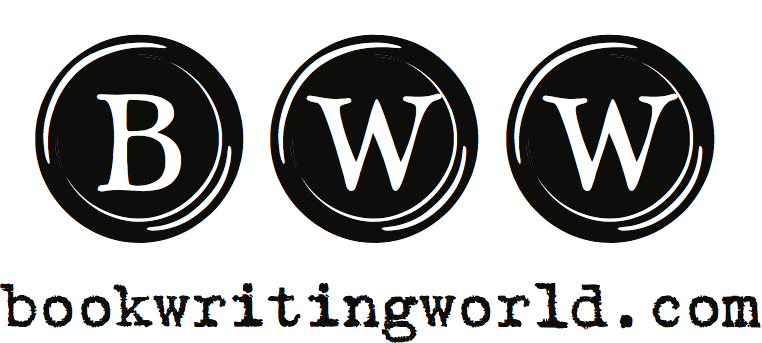In this week’s writing classes we are playing with those moments in a story when something is revealed or withheld. These are two sides of the same coin. In April, I was reading Colum McCann’s story “Transatlantic” in The New Yorker (see links below) and came across a remarkable moment. Well, really two moments.
Two veterans of WWI are intent on piloting one of those open areoplanes across the water. They’ve had to wait for the weather to be right, and this and that, and now they are finally taking off. Taking off with the gray waters below them and speaking to each other through the wires and earpieces that allow them to hear across all the noise, one apologizes to the other for never telling him. Telling him what?
The pacing is great. We lean in. The dialog here is wonderful, too—ping pongs back and forth, with choice repetitions of certain words until the succinct, not to say taciturn revelation: he can’t swim.
That’s a great moment in a story. The extreme circumstances push the scene much father than the mere revelation. Talk about picking your moment.
But it was a moment at the end of the next paragraph or so that caught me the first time I read it. The other man considers what he’s been told. Is it possible? He leans forward to call his own admission into the speaker but then “decides against it.” In three words, we readers are cut off from the revelation, too. Line break—new scene.
This kind of withholding works because although we are so close in POV, the character is not thinking about what he’s not going to say (or might say)—he’s thinking about whether or not he should. We are hooked in and then—like the other character except he doesn’t even know it—we are left hanging.
A story unfolds. Because it is linear, much is withheld, some of it simply because it cannot all be said at once. But how you dole out the portions, what you keep back and what you put forward, what misunderstandings you allow to accrue—these are the choices of the writer and these are what keep the reader leaning forward, waiting to find out what will happen next—or what the truth is—or what really happened after all.
What does your reader know at the start of your story? What does your character know? How will that shift and when?
Here’s Colum McCann reading the story.
Here’s an interview with Colum McCann.
Elizabeth Stark is the author of the novel Shy Girl (FSG, Seal Press) and co-director and co-writer of several short films, including FtF: Female to Femme and Little Mutinies (both distributed by Frameline). She earned an M.F.A. from Columbia University in Creative Writing. Currently the lead mentor and teacher at the Book Writing World, she’s taught writing and literature at UCSC, Pratt Institute, the Peralta Colleges, Hobart & William Smith Colleges and St. Mary’s College. She’s at work on a novel about Kafka.



0 Comments